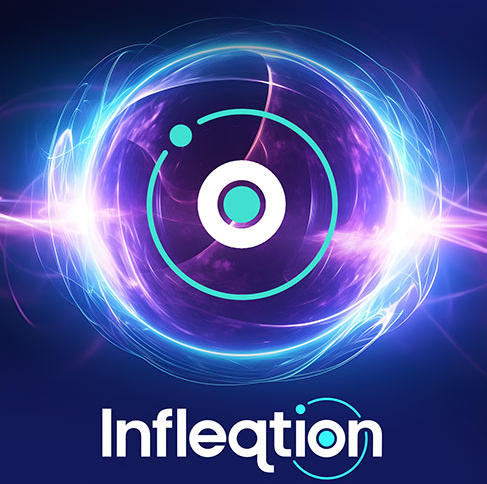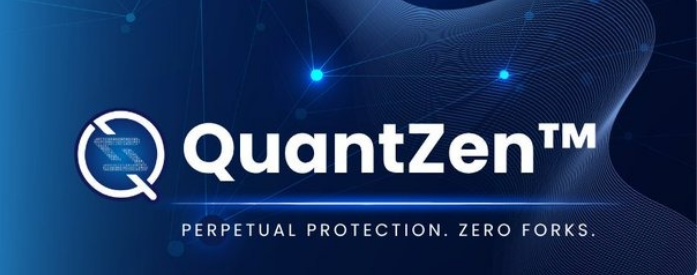Insider Brief
- Riverlane released its three-year roadmap for its Quantum Error Correction Stack.
- The map starts in 2024 and culminates in a system where quantum computers can run one million (Mega) error-free Quantum Operations (QuOps) by 2026.
- Riverlane scientists say that the MegaQuOp regime will present a pivotal moment when the power of quantum computers will surpass classical supercomputers.
PRESS RELEASE — Riverlane, the global leader in quantum error correction technology, has released its groundbreaking three-year roadmap for its Quantum Error Correction Stack, Deltaflow, starting in 2024 and culminating in a system where quantum computers can run one million (Mega) error-free Quantum Operations (QuOps) by 2026.
Today, the world’s best quantum computers can perform at most a few hundred quantum operations before failure. This must scale to a million and, ultimately, trillions of operations to unlock the transformative real-world applications that can open a new age of human progress.
Every reliable quantum computer will need quantum error correction (QEC) to reach this point. Deltaflow provides commercial-grade quantum computers with a comprehensive, modular QEC solution, scaling as quantum computers scale and across every qubit type.

As an important near-term milestone, crossing into the MegaQuOp regime will present a pivotal moment when the power of quantum computers will surpass the reach of any classical supercomputer.
Maria Maragkou, VP of product and partnerships at Riverlane, said: “Our three-year roadmap promises a series of major milestones on the journey to fault tolerance, culminating in enabling one million error-free quantum operations by the end of 2026. The MegaQuOp is a landmark goal as it puts us outside the regime any supercomputer can simulate.”
The Riverlane roadmap introduces a standard industry measure of error-free ‘quantum operations’, or QuOps. The maximum QuOp capacity is a useful measure to assess the power of a quantum computer. It will play a similar role to floating-point operations per second—or FLOPs—commonly used to rank supercomputers.
Earl Campbell, VP of quantum science at Riverlane, said: “The MegaQuOp is a critical milestone, but it’s just the first step on the journey to full fault-tolerant quantum computing. We’ll need to realise a trillion error-free operations to begin fully unlocking the higher value applications of quantum computing, but this is a critical set of milestones in that journey.”
“It’s hard to predict, with certainty, what applications we’ll unlock at the MegaQuOp until such a system is in the hands of innovators. But what’s undeniable is the industry can’t push toward a billion and a trillion error-free operations without first reaching the MegaQuOp threshold.”
A series of fast-paced and impressive demonstrations of quantum error correction from Quantinuum, ETH Zürich, Google, Harvard University, Yale University, IBM, Microsoft, Alice & Bob, and Riverlane (to name a few) have pushed the quantum error correction field further forward than anyone anticipated. But none of these demonstrations have integrated the fast, scalable real-time decoding processes needed for error-corrected quantum computation, which is exactly the problem Deltaflow will solve.
Maragkou added: “Reaching the MegaQuOp relies on the entire quantum community pulling together to reach this goal. We are now partnering with the world’s leading quantum hardware companies to make this happen sooner than many anticipate.”
Riverlane’s quantum error correction roadmap is also aligned with the plans of government bodies around the world that have pivoted their focus to ‘fault-tolerant’ systems, requiring error correction. The UK government, for instance, has committed to build an accessible, UK-based quantum computer capable of running one trillion operations by 2035.
Full details of Riverlane’s roadmap are available here.
















